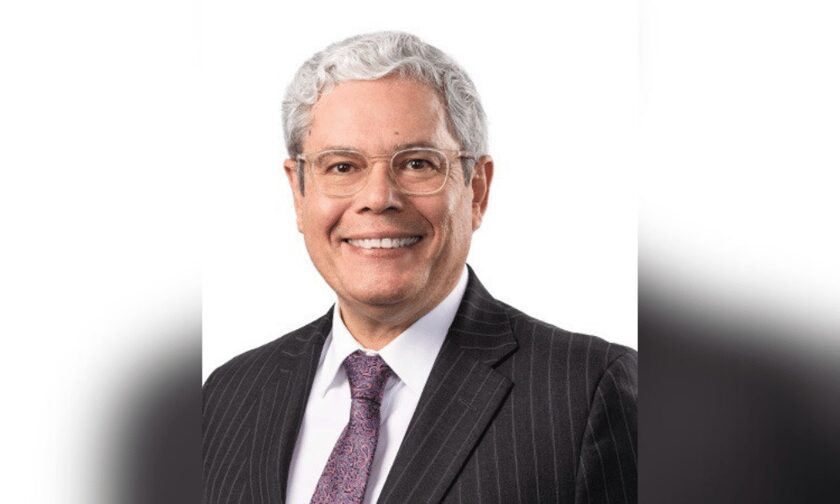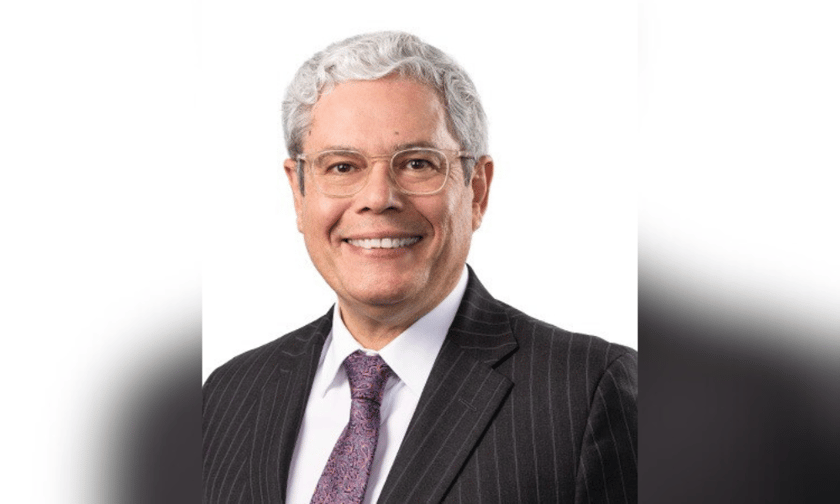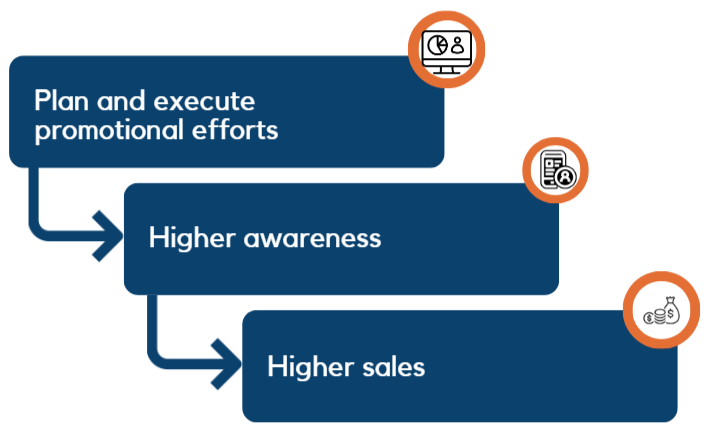
List highlights prominent female reinsurance leaders across APAC, North America, and UK

ReInsurance Business has unveiled its 2024 list of Elite Women in Reinsurance, which highlights prominent female leaders in the reinsurance industry across Asia-Pacific, North America, and the UK.
Selection process for 2024 Elite Women in Reinsurance list
The selection process involved open nominations, where industry professionals were asked to recommend female leaders who had made significant contributions to the reinsurance sector over the past year.
Nominations were assessed based on the nominees’ professional achievements and their overall impact on the industry. ReInsurance Business then reviewed all submissions and finalised the list to recognise 50 individuals.
Tanya Dasgupta recognised as an Elite Woman
One of this year’s honourees is Tanya Dasgupta, the head of the Affinity Solutions Division at Lockton Pacific.
With over two decades of experience in the financial services sector across Australia and New Zealand, Dasgupta is noted for her leadership in developing and distributing digital products to a wide range of clients, including individual consumers, partners, and member-based organisations.
Since joining Lockton in February 2023, Dasgupta has spearheaded the introduction of Lockton Pulse, a digital platform targeting small and medium-sized enterprises (SMEs). The initiative provides clients with innovative product solutions and practical insights, all integrated into a single digital platform.
In addition to her industry contributions, Dasgupta volunteers at the Addi Road Community Centre, an organisation that addresses food insecurity and supports human rights and sustainable community development.
Related Stories
Keep up with the latest news and events
Join our mailing list, it’s free!




















